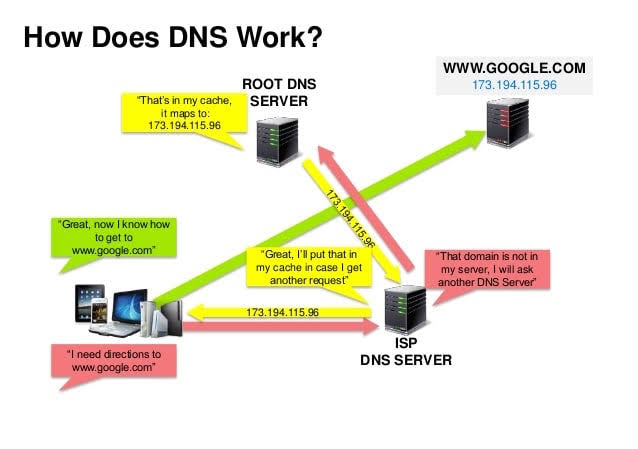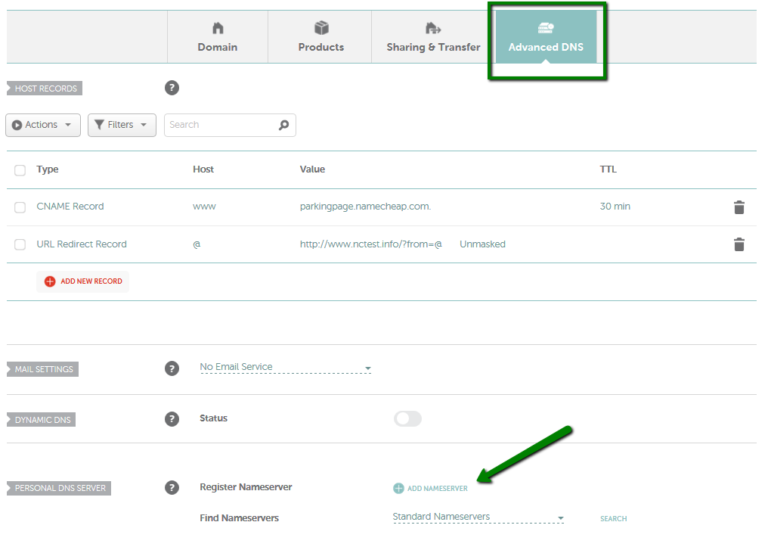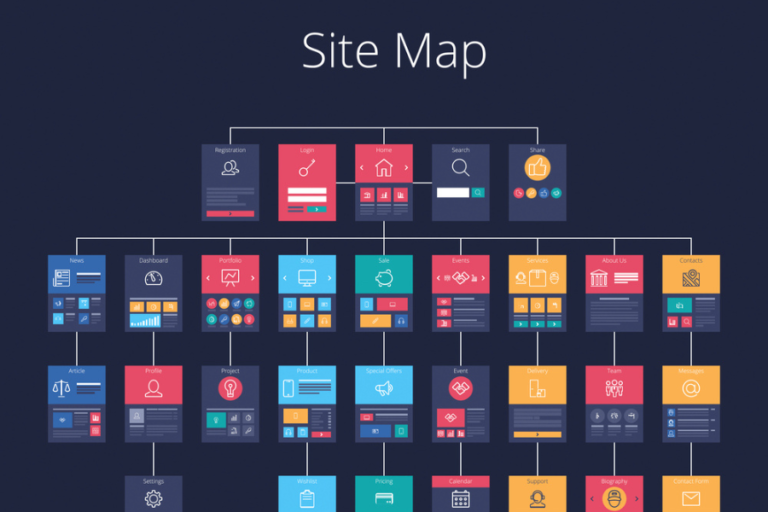

Nameservers vs. DNS:
Thinking of migrating your site to a new hosting provider? Concerned about how it might affect your domain registration? The good news is that with a basic understanding of nameservers and DNS, you can ensure that your transition is smooth without affecting your website’s accessibility.
This guide will walk you through the differences between nameservers and DNS, their functions, and how to manage them efficiently during a website migration.
What Are Nameservers and DNS Records?
A nameserver is a key component of the Domain Name System (DNS) that translates your website’s domain name into a numerical IP address. Think of it as the link between your domain name and the IP address of the server where your website is hosted. Without nameservers, browsers wouldn’t know how to display your website.
The Domain Name System (DNS), on the other hand, is a protocol that manages the relationship between domain names and IP addresses. DNS records ensure that when someone types in your website’s URL, it is translated into an IP address, allowing computers to locate and communicate with each other on the internet.
How Does DNS Work?
When you enter a URL like example.com into a browser, the DNS protocol steps in to find the corresponding IP address. It checks the domain registrar and then directs the browser to the hosting provider’s nameserver. All of this happens in the blink of an eye, ensuring that users can access your site without any delays.
Why DNS Matters When Switching Hosting Providers
If you’re moving to a new hosting provider, you’ll need to update your DNS records so that they point to your new host. Failure to do this means users will be unable to find your site, as your domain name will still point to your old server.
How to Access and Manage DNS Records and Nameservers
Your hosting account typically provides access to your DNS records and nameservers. If your domain is managed by a third party, like a domain registrar, you’ll need to log into their system to update the details. Managing DNS settings is simple, but crucial, during a migration to ensure everything continues to function smoothly.
NB// understanding nameservers and DNS records is essential to managing your website’s hosting and ensuring a seamless user experience during transitions.







